I have an existing product which I'm tasked to add an electronically read serial number to. There are specialized ICs for the purpose but they all require some initialization or handshaking before the serial number is sent out, but all I have access to is a (fairly slow) clock and an enable signal from power-on-reset circuity or user pressing a manual reset button. I can't ask the end user to press the button in many kHz rate and "Morse code key" an SPI sequence or emulate an I2C master. Also the circuit would reset each time. Downstream is much simpler though, there I can decode whatever protocol is needed or parse out the serial number from whatever structure. I basically don't have any mean of an incoming RX, just outgoing TX and I just need it to bootstrap itself.
I'm an analog guy out of my element here and I need help with some search term for how to proceed.
I'm sure and MCU would do this for me, but it would require software environment, programming in mass production, revision control and what not. If everything else fails, this is my backup solution.
What search terms should I be using? Silicon serial number (seems related to Maxim and all 1-Wire)? Unique serial number IC (Microchip I2C EEPROMS turns up here)? Is there some weird memory type which once programmed will just dump it's contents once started, or can be configured to do so?
EDIT: The product does not contain an MCU today.
